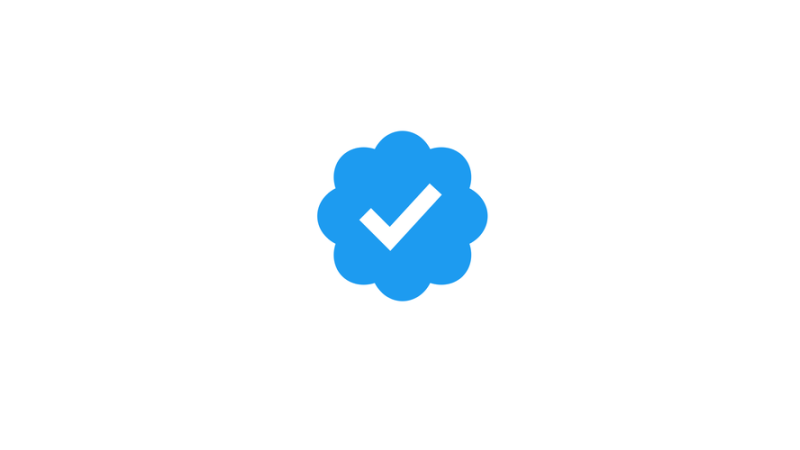
Twitter has taken a significant leap in expanding its character limit for Twitter Blue subscribers, now allowing them to post a whopping 25,000-character tweet. This comes after initially enabling 4,000 characters in February and 10,000 characters in April. With the ability to include inline images, these extended tweets are transforming the platform into a space for blog post-style content.
As a Twitter Blue subscriber, users can now share extensive, visually-integrated long-form content within their tweets. This massive character expansion could potentially alter how users engage with the app, although there is no data currently available to indicate user response to the new 'See more' feature in tweets. The addition of this feature might be a behavioral shift for users who are used to shorter, more concise tweets. Nevertheless, the ability to accommodate long-form content has the potential to attract more creators to the platform, making it a central hub for sharing their work directly on the app, as opposed to redirecting users to other platforms.
Twitter's recent moves are in line with Elon Musk's vision to expand the platform's functionality by offering a diverse range of content, including long-form video and text. The idea is to provide better monetization incentives for creators, making Twitter a more attractive platform for sharing their original work. If Twitter can successfully implement its creator monetization program and incorporate in-app payments, it could present a valuable opportunity for both creators and users alike.
Twitter's decision to extend its character limit for Twitter Blue subscribers, coupled with the addition of inline image functionality, reflects its ambition to create an all-encompassing ecosystem within the app. Although it remains to be seen whether users are keen on consuming long-form content on the platform, the integration of these tools could pave the way for a more dynamic and engaging Twitter experience. As the platform continues to evolve, it will be intriguing to see if users embrace these changes or cling to their traditional tweet feeds.